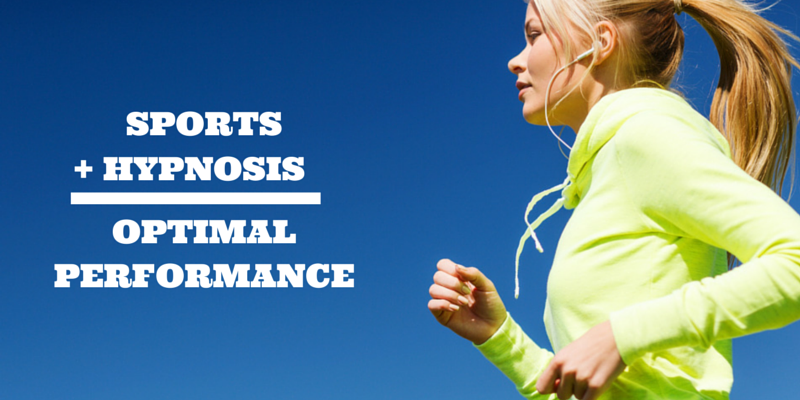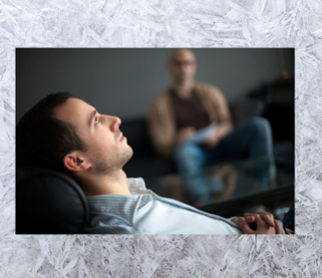Beyond Performance Anxiety: Using Hypnosis and Hypnotherapy to Improve Sports Performance
Beyond Performance Anxiety: Using Hypnosis and Hypnotherapy to Improve Sports Performance

Most of us want to achieve the highest possible level of performance at what we do, whether it be in our career, our relationships, our hobbies, or even in our personal development. An imposing impediment to that goal is performance anxiety: “choking up” just when free flowing confidence is most needed. We have discussed some ways of recognizing and overcoming that obstacle in previous posts.
Now we want to address the next step up beyond treating performance anxiety, and that is Performance Enhancement. There is a growing body of research related to this field, and hypnosis is center stage in much of it.
Performance enhancing techniques are both passive and active
Performance-enhancing techniques can be divided into those in which the individual remains passive (receiving a message, suggestion or stimulus as in sleep learning, subliminal training, and audio and visual cortical entrainment), and those where the individual needs to take a more active approach (meditation, mnemonics, speed reading, neurofeedback and mental imagery practice). Hypnosis has the advantage of offering both passive and active forms of intervention. In fact, many of the techniques listed above can be significantly augmented by incorporating hypnosis.
One area in which hypnosis has been embraced is in exercise and sport settings. Athletes, coaches and sports medicine physicians regularly utilize hypnosis for performance enhancement, as well as for the restoration of previous levels of performance following injury.
We all have had the experience of peak performance, when everything just seemed to go right. There is often a sense of effortlessness and exuberance. In athletics that experience is often called an ideal performing state, or a zone of optimal function, and this zone is based on the individual’s optimal anxiety level pre-performance. However, it would be a mistake to assume that the lower the anxiety level, the better the performance. Some athletes experience their best performances when pre-competition anxiety is low, in others when anxiety is high, and in other athletes when anxiety is intermediate. Debilitatingly high levels of anxiety are the most common problem, but inadequately low levels can also create less than peak performance.
One big challenge in enhancing performance, then, is in assessing what is the individual’s zone of optimal function. One solution is to use hypnotic age regression in order to ascertain anxiety levels prior to an athlete’s best, usual, and worst performances. The athlete is initially age-regressed to a recent performance in which the problem occurred, and then is asked to describe the situation. Information can come from the individual’s subconscious mind about the nature of the problematic performance and the practical solution to improving it. A baseball player or golfer might realize something minute but significant about his swing or about being outside his zone of optimal function.
Hypnotic age regression can also be used to drop back in time to recall any events related to the sport that were of particular importance. This may be able to uncover the source of a hidden fear or self-defeating belief.
Hypnosis or self-hypnosis can be useful for ego-strengthening, mental rehearsal, age progression, and enhancing inner strength.
Conclusion
We have discussed the usefulness of hypnosis in enhancing performance to optimal levels specifically in the realm of sports. However, the same principles apply in performing arts, or academic testing, or seeking mastery in any endeavor. Find your personal zone of optimal function and develop ways of maintaining yourself in the zone, especially when the stakes are highest. Use the keen insight of your subconscious mind to discern obstacles and to mentally rehearse the experience of peak performance, effortless and exuberant.









